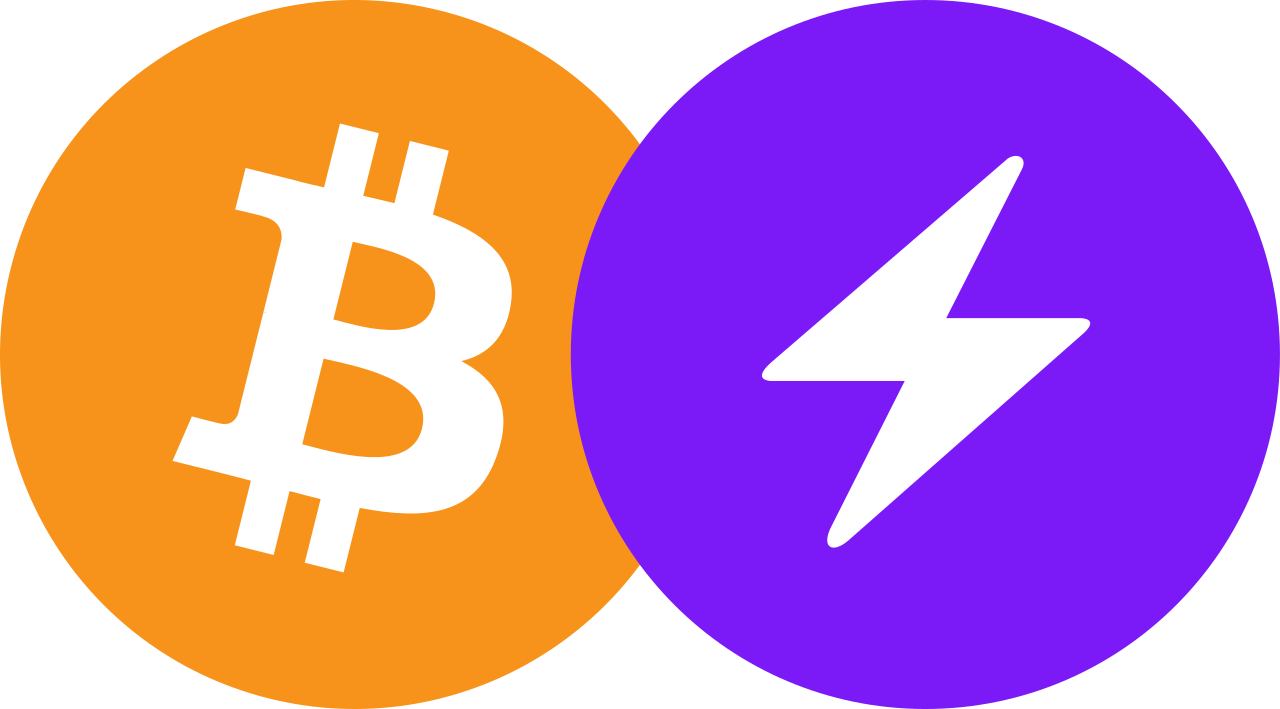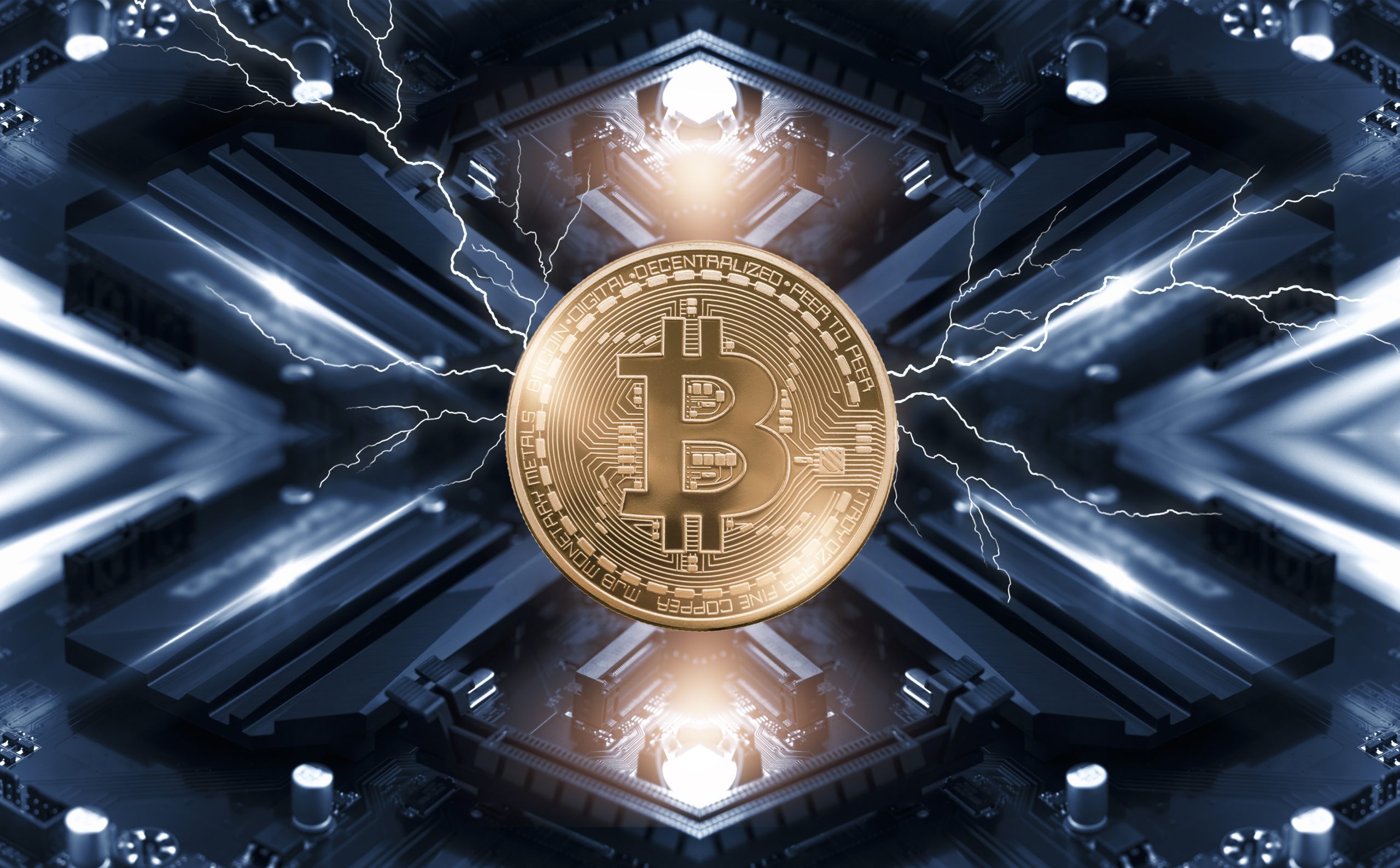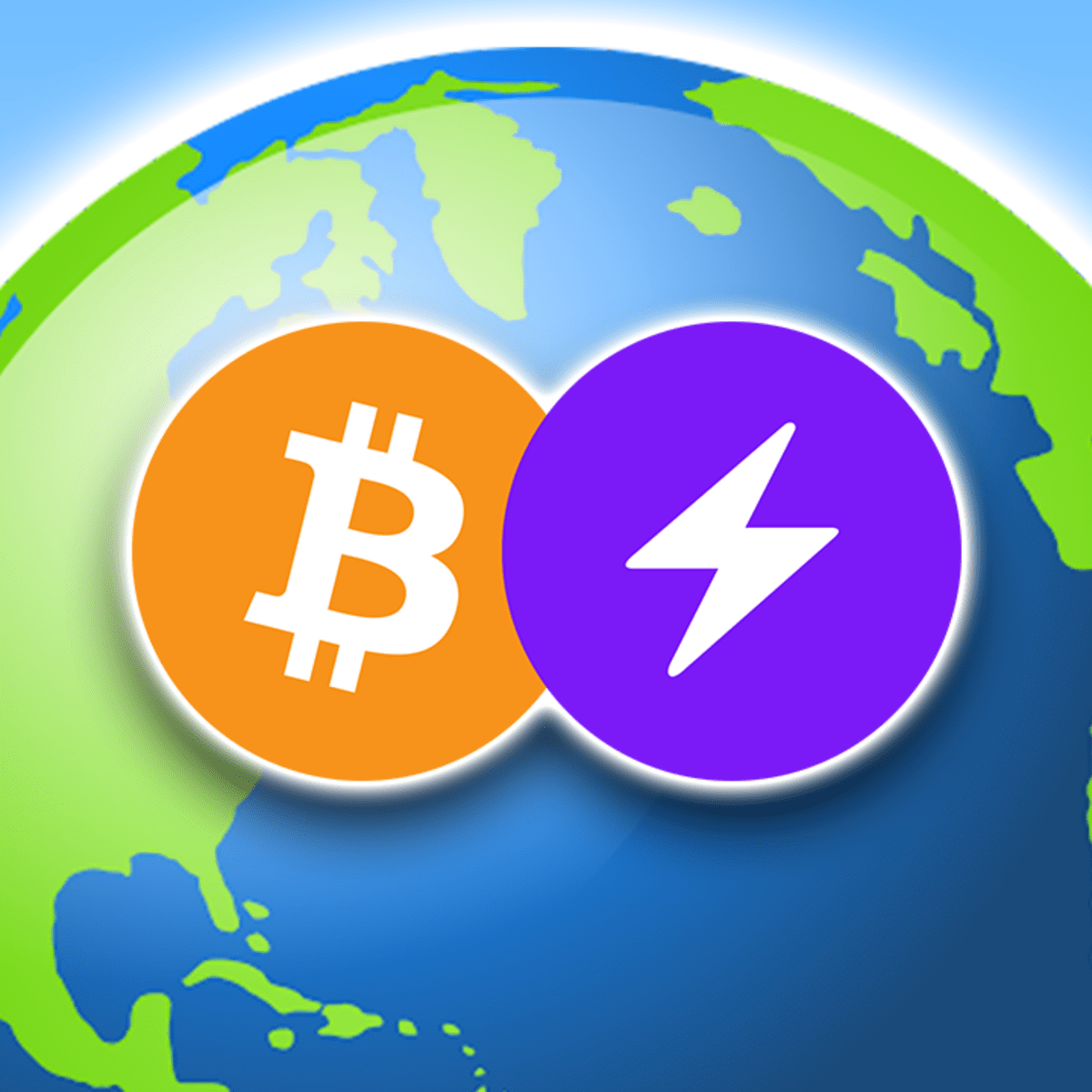Bitcoin Lightning Network - A Game-Changer In Scalability And Micropayments
Explore Bitcoin Lightning Network: scalability, speed, and future implications for transactions.
Author:Camilo WoodReviewer:James PierceFeb 19, 20241K Shares38.1K Views

The Bitcoin Lightning Networkrepresents a groundbreaking solution to Bitcoin's scalability challenges, offering a way to conduct fast and inexpensive transactions off-chain. In this article, we'll delve into the intricacies of the Lightning Network, its architecture, advantages, challenges, and its potential impact on the future of Bitcoin.
What Is The Lightning Network In Bitcoin?
The Lightning Network is a second-layer protocol built on top of the Bitcoin blockchain, designed to enable instant and low-cost transactions through a network of payment channels. Unlike traditional on-chain Bitcoin transactions, which are recorded directly on the blockchain, Lightning Network transactions occur off-chain, allowing for increased scalability and efficiency.
At its core, the Lightning Network operates on a network of interconnected payment channels, which are bilateral agreements between users that enable the transfer of funds without broadcasting every transaction to the blockchain. These payment channels leverage Bitcoin's smart contract functionality to facilitate trustless and secure transactions.
How Does The Bitcoin Lightning Network Work?
The Lightning Network makes use of Satoshi Nakamoto's renowned concept of payment channels. The protocol makes it possible for two parties to establish a peer-to-peer payment channel.
Once formed, the channel enables the parties involved in transactions to send an infinite number of cheap, practically instantaneous transactions. It functions as a standalone tiny ledger that allows users to pay for even smaller products and services, like coffee, without interfering with the Bitcoin network.
The payer must lock a particular quantity of Bitcoin onto the network in order to establish a payment channel. The recipient can invoice any amount of Bitcoin after it is locked in. The consumer might decide to regularly add Bitcoin if they wish to maintain the channel active.
Both parties can conduct transactions with one another using a Lightning Network channel. Certain transactions on the Bitcoin blockchain are managed differently when compared to regular transactions. For example, only the main blockchain receives updates when two parties open and close a channel.
The two parties don't need to notify the main blockchain in order to exchange money back and forth forever. Transactions on the layer-2 protocol proceed much faster since each transaction does not require approval from every node. Individual payment channels between the involved parties are combined to form Lightning Network nodes, which are capable of routing transactions.
Consequently, the result of connecting numerous payment channels is the Lightning Network. The channel can be closed after the two parties decide to complete the transaction. Subsequently, every transaction on the channel is combined into a single transaction and submitted to the Bitcoin main net for recording.
By consolidating, numerous tiny transactions are prevented from clogging the network at once. It takes less time and effort for nodes to validate them when they are combined into a single transaction. Smaller transactions obstruct larger ones in the absence of payment channels, clogging the network and adding to nodes' validation workload.
For instance, Mike could decide to make a tiny transaction for each cup of coffee if he wants to pay with Bitcoin at his neighborhood coffee shop every day. However, because of Bitcoin's scalability problems, the transaction might take more than an hour to validate.
Mike's transaction may be little, but he will still be responsible for the exorbitant costs charged by the Bitcoin network. Because traditional payment methods like cards have the infrastructure to handle over 24,000 TPS, small transactions can be completed with them using traditional payment methods like cards. On the other hand, Bitcoin can validate seven transactions every second on a typical day.
Advantages Of The Bitcoin Lightning Network
- Scalability- By enabling off-chain transactions, the Lightning Network significantly increases Bitcoin's scalability, allowing for a higher throughput of transactions without congesting the main blockchain.
- Instant Payments- Transactions on the Lightning Network are nearly instantaneous, offering a seamless user experience comparable to traditional payment methods like credit cards or digital wallets.
- Low Fees- Lightning Network transactions incur significantly lower fees compared to on-chain Bitcoin transactions, making micropayments and small-value transactions economically viable.
- Privacy- Since Lightning Network transactions are conducted off-chain and do not require broadcasting every transaction to the blockchain, they offer increased privacy compared to on-chain transactions.
- Micropayments- The Lightning Network enables micropayments, allowing users to send and receive small amounts of Bitcoin with minimal fees. This opens up new possibilities for monetizing digital content, microtransactions in gaming, and other use cases requiring small-value payments.
Challenges And Considerations
Despite its numerous advantages, the Lightning Network also faces several challenges and considerations:
- Network Liquidity- The success of the Lightning Network relies on the availability of network liquidity, as users need sufficient funds in their payment channels to facilitate transactions. Liquidity management and routing optimization are ongoing challenges for Lightning Network adoption.
- User Experience- While the Lightning Network offers fast and inexpensive transactions, the user experience can be complex for non-technical users. Improving user interfaces and educational resources is crucial for broader adoption.
- Centralization Risks- There are concerns that the Lightning Network could lead to centralization if large payment hubs emerge, controlling a significant portion of the network's liquidity. Efforts to maintain network decentralization and resilience are essential for preserving Bitcoin's core principles.
- Security Considerations- While the Lightning Network employs various security measures, such as multi-signature wallets and hashed timelock contracts, it is not immune to potential vulnerabilities or attacks. Ongoing research and development are necessary to enhance the network's security and robustness.
What Does The Lightning Network's Future Hold?
The Lightning Network has generated more excitement than other layer-2 technologies. Statistics on usage show that the network is growing, although they are not as impressive as those of even the newest Ethereum layer-2 networks. For the future, Lightning Labs is progressively expanding its ecosystem, nevertheless.
The Lightning Network has therefore becoming more widely used. Over 5,400 BTC, or $145 million, are reportedly locked into the Lightning Network, according to 1ml.com, an analytics software on the network.
Even with 75,700 channels and close to 16,400 nodes in use, the average transaction cost of 0.0016 satoshis ($0.000000443) makes it incredibly profitable for microtransactions. In contrast to the early days of the Lightning Network, a small number of wallets are compatible with it and perform effectively on mobile devices.
Users of iOS and Android devices can transact on the Lightning Network using wallets like Breez, Wallet of Satoshi, and Eclair. As previously stated, Lightning Labs has increased the toolkit required for the network's developer and user environment.
As a result, Lightning Network is seeing the emergence of applications related to DeFi, liquidity providers, nonfungible tokens (NFTs), and gambling that are comparable to those on the Ethereum blockchain.
Exchanges for cryptocurrencies are also beginning to adopt the protocol, enabling as many traders as possible to access the Lightning Network. Trades can quickly and affordably withdraw modest amounts of Bitcoin from exchanges that have integrated the Lightning Network. Watchtowers, or network stewards, guard users from scams.
Scams involving offline transactions occur on payment channels when nodes lose connectivity. The Watchtower identifies efforts by the counterparty to shut down the payment channel in order to seize the funds, freezes the offline node's cash, and penalizes the malicious party.
The Lightning Network is constantly faced with obstacles. However, the ecosystem is gradually beginning to be developed for future user-intuitive experiences, scalability, and resilience.
Bitcoin Lightning Network - FAQs
How Does The Lightning Network Enhance Bitcoin Scalability?
The Lightning Network enables off-chain transactions, reducing congestion on the main Bitcoin blockchain and increasing its scalability by facilitating a higher throughput of transactions.
Can You Invest In Bitcoin Lightning Network?
Purchasing Bitcoin on any cryptocurrency exchange or starting a separate Lightning node with specialized software are the two ways to invest in the Lightning Network.
Can I Send Bitcoin On Lightning Network?
With the Lightning Network, users can send and receive Bitcoin (BTC) fast, at a throughput (message delivery rate) of roughly one million transactions per second (TPS), and with almost no or very little costs.
What Are Payment Channels In The Lightning Network?
Payment channels are bilateral agreements between users that enable the transfer of funds off-chain. They leverage Bitcoin's smart contract functionality to facilitate trustless and secure transactions.
How Many People Use Lightning Network?
Over 80 million people are reportedly able to access Lightning Network.
Conclusion
With ongoing development and adoption, the Lightning Network has the potential to revolutionize the way we transact with Bitcoin, unlocking new use cases and applications while preserving the decentralization and security of the underlying blockchain. As technology evolves and matures, the Bitcoin Lightning Network is poised to play a pivotal role in shaping the future of digital finance.

Camilo Wood
Author

James Pierce
Reviewer
Latest Articles
Popular Articles

